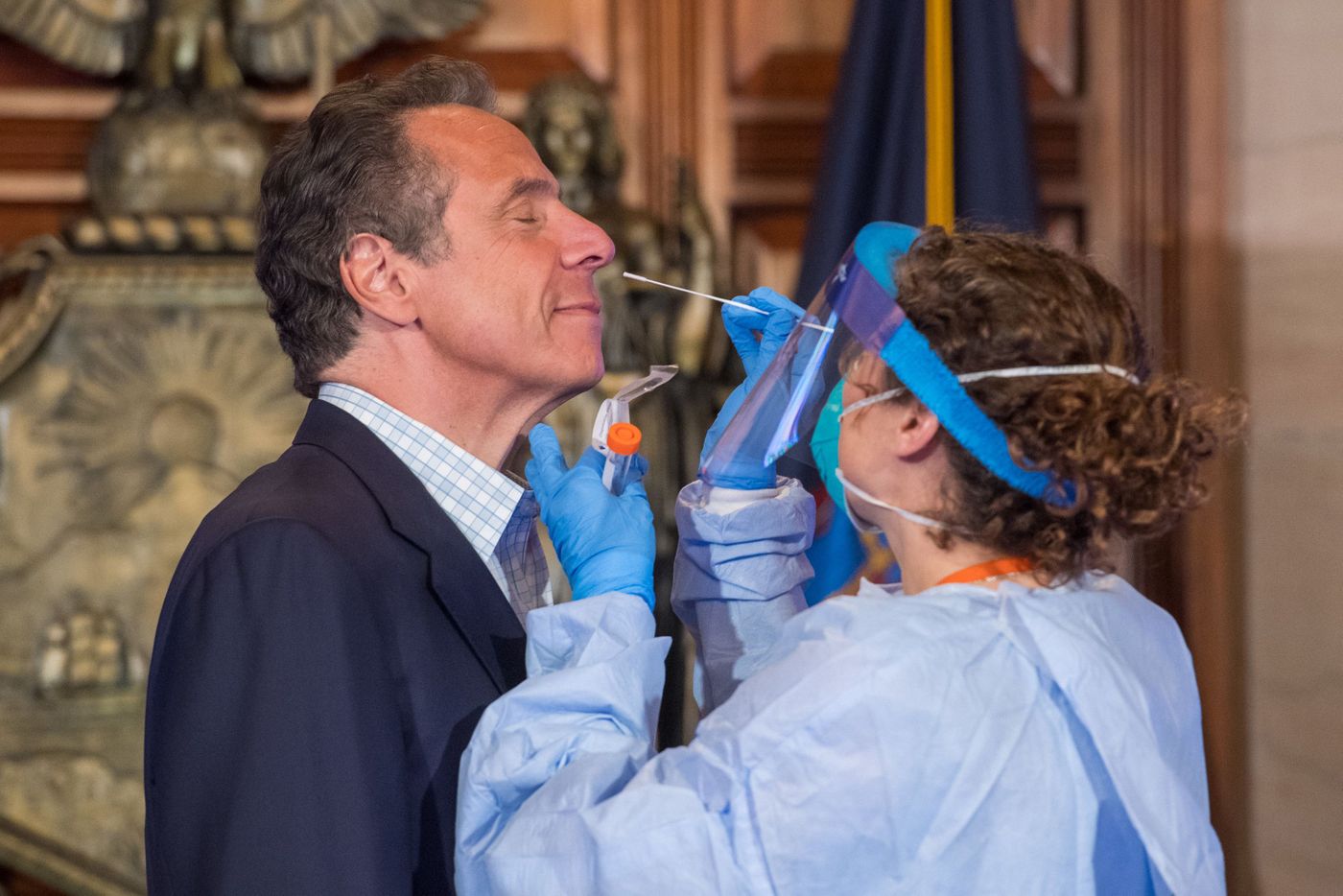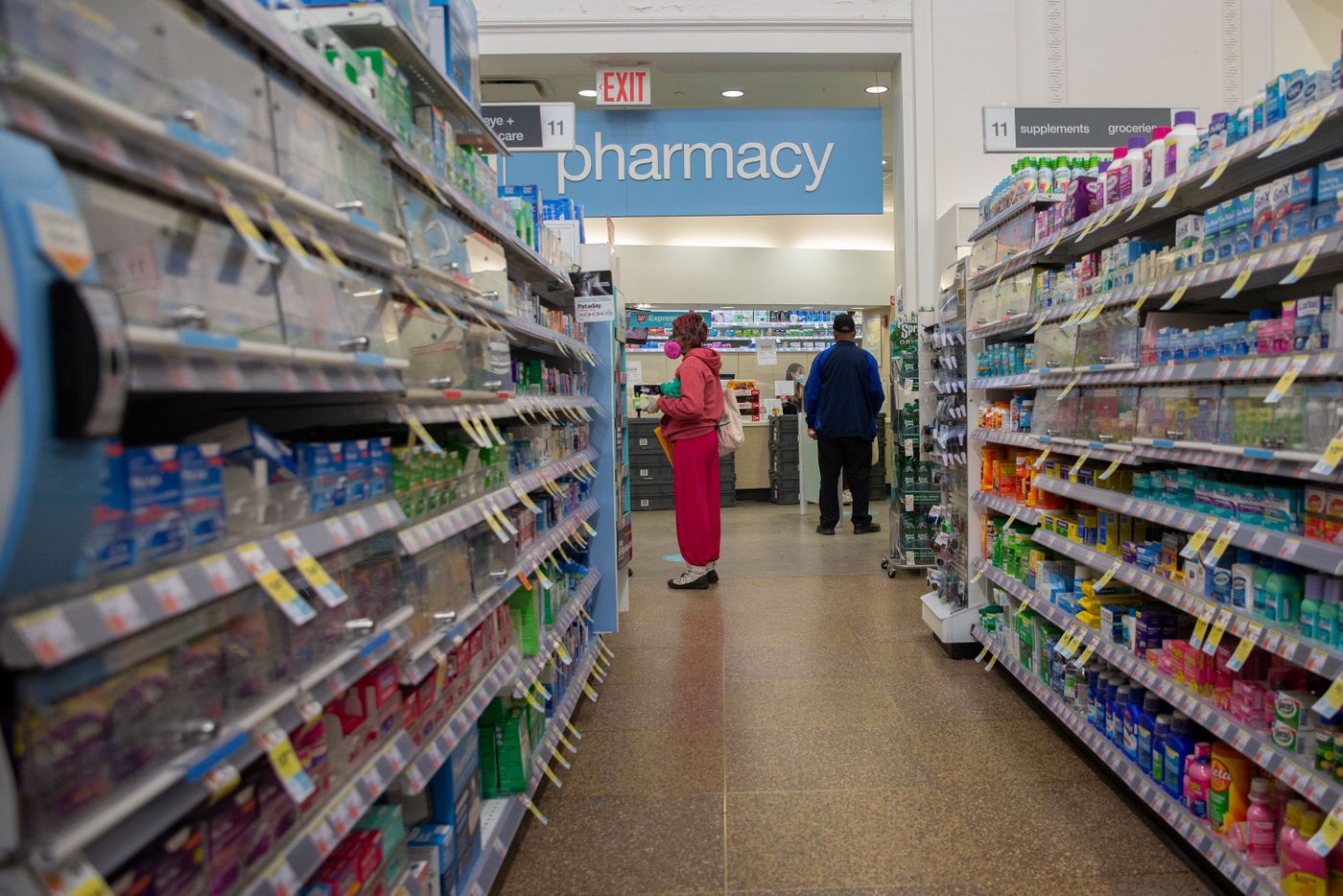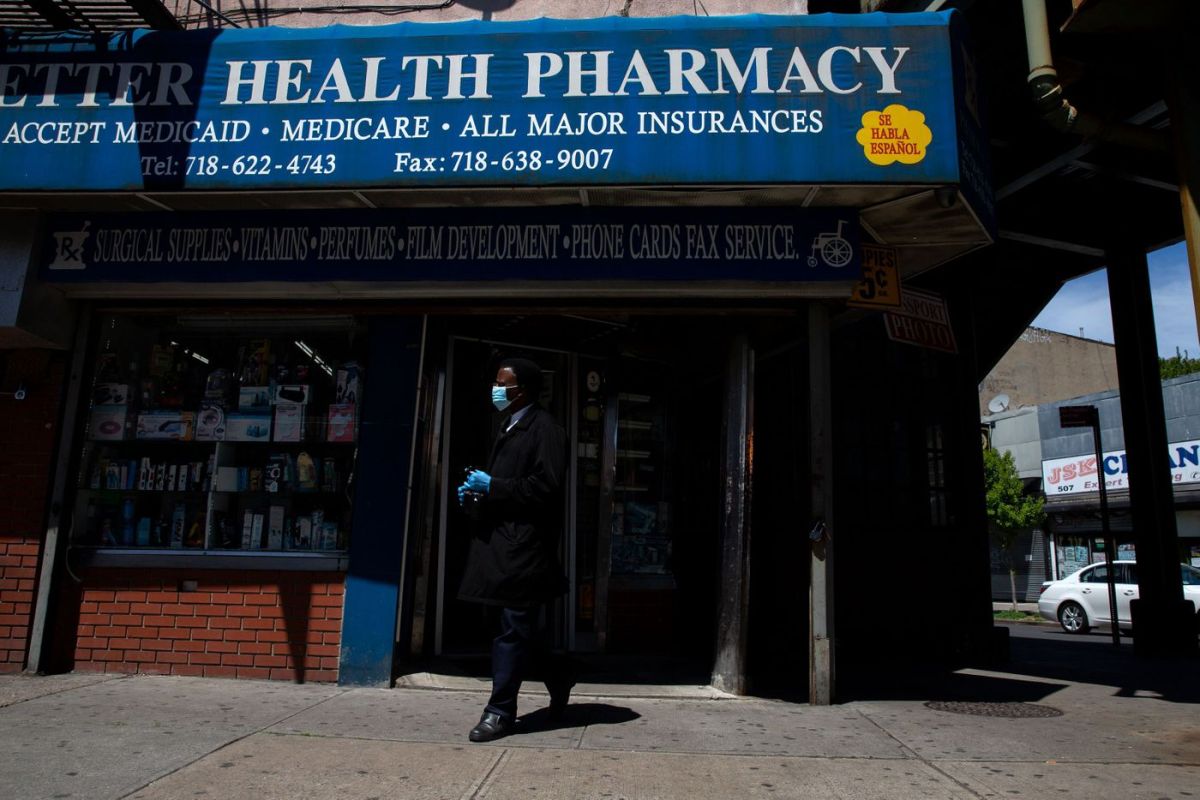BY DANIEL AVIS AND VIDHI CHOUDHARY, THE CITY. This story was first published on May 20, 2020 by THE CITY.
Last month, Governor Andrew Cuomo signed an executive order allowing pharmacists to conduct COVID-19 tests in-store.
The ambitious plan to “unlock a network of over 5,000 pharmacies” was framed as an important part of the state’s effort to ramp up testing, a crucial prerequisite to reopening the city and the state.
But almost three weeks after Cuomo’s announcement, it’s not clear what steps, if any, the state has taken to help transform pharmacies into testing sites. Interviews with more than a dozen pharmacists in one of the worst-hit neighborhoods of New York City paint a picture of confusion and uncertainty.
Independent pharmacy owners said they are unprepared for in-store testing, and fearful of catching the coronavirus.
“I don’t know if we’re even going to be doing the testing or not,” said a pharmacist at the VIP Pharmacy Corporation on Roosevelt Avenue in Corona, Queens, who didn’t want his name used. “There’s just way too much lack of information at the moment for us to go ahead and go through with it.”
Guidance and Training Sought
The testing plan could prove particularly difficult to implement for the state’s 2,500 independent pharmacies, which are already facing a significant loss of revenue since the lockdown began in mid March, according to Steve Moore, president of the Pharmacists Society of the State of New York.
“We need anybody and everybody that can test to start testing,” said Moore, who owns a pharmacy in upstate Plattsburgh.
But, he said, pharmacists can’t start swabbing customers without more guidance — and hookups to hotly sought-after testing kits.
“The first thing we need is the training that was mentioned in the executive order from the Department of Health,” he added. “We need to understand what that means and what they’re looking for. And the other thing that we will probably need help with is access to the tests.”

The owner of another pharmacy in Corona, who asked not to be named, insisted that her pharmacy had “no idea” when these tests would become available.
Her pharmacy — in an area especially hard hit with infections — hasn’t been given any information from the governor’s office about how the tests might work. “We just heard whatever was on the news,” she added.
In response to a request for comment, the New York State Department of Health said, “Gov. Cuomo’s response to the COVID-19 pandemic has afforded countless opportunities for interagency and public-private partnerships, and pharmacy testing for COVID-19 is one of them.”
National Effort
Cuomo’s executive order followed an announcement by the administration of President Donald Trump laying the legal groundwork for in-store testing across the country.
On April 8, Health and Human Services Secretary Alex Azar announced that pharmacists would now have authorization to “order and administer” the tests — a move he said would “give pharmacists the chance to play a bigger role in the COVID-19 response.”
His deputy, Dr. Brett Giroir, added that the move would “further expand testing for Americans, particularly our health care workers and first responders who are working around the clock to provide care, compassion and safety to others.”
For independent pharmacists in New York, news of in-store testing was initially well received. Many expected that the tests would create opportunities for new business at a time when it was desperately needed.
But they say there’s been little clarity since then about which tests to buy, who would pay for them and, crucially, whether employees other than the pharmacists on duty will be allowed to administer them.
Meanwhile, chain pharmacies such as CVS and Walgreens already employ registered nurse practitioners at some locations who can administer coronavirus tests onsite, which independent pharmacies generally do not.

According to the Walgreens website, the company is “working with the Administration and state and local health officials to help provide and expand access to COVID-19 testing,” with a focus on drive-through testing sites.
The national chain, with 9,277 stores including New York City’s Duane Reade brand, is using the Abbot ID Now COVID-19 test, promising to deliver results to patients within 24 hours of taking the test.
Walgreens opened its first drive-through testing site in Chicago on March 21, and the company has announced plans to expand testing sites to 49 U.S. states and Puerto Rico. It hopes to be able to test up to 50,000 people a week — while warning that “the scale and timing of the overall testing expansion is dependent on the availability of tests and overall lab capacity.”
CVS, meanwhile, plans to conduct up to 1,000 tests per day, also using Abbot ID Now. According to the company website, the testing process takes around 30 minutes from the collection of the swab to the delivery of the results.
Plea for Training
Behind the scenes, independent pharmacists have been calling on New York State and the Trump administration to begin training pharmacy staff to administer the tests — an crucial step, they say, toward curbing the outbreak.
“This is an expansion of scope of practice,” said Howard Jacobson, who owns three pharmacies in Nassau County.
He believes it’s “inevitable” his industry will experience some teething problems before the tests are available for use.
“Questions were asked” of the Department of Health after the announcement, he said. “We are awaiting answers.”
Moore noted that many smaller pharmacies do not have the financial means to purchase COVID-19 tests at scale.
“Independent pharmacies don’t have a ton of spare cash lying around to buy a bunch of tests priced anywhere from $25 to $100, and that is one of the other reasons we want some recommendations from the state so that we don’t purchase stuff we don’t have to,” he said.
That’s where the government can come in, he suggests, rather than having 2,500 pharmacies in New York State evaluate every coronavirus test on the market. Moore recommended the state set up minimum criteria — or even supply the materials.
“If you want the pharmacies to start performing the diagnostic tests, the best thing to do would be to have the state procure the tests and to ship that to the pharmacies. They do something similar with vaccines and they have done that in the past,” Moore added. “That model does exist, and that would be the fastest and easiest way to get started.”
As New York braces for a cautious reopening, Moore is hopeful that pharmacies can be at the heart of the effort. “Pharmacies and pharmacists can start to take the stress off the other areas of the health care system,” he said.
Additional reporting by Wajahat Khan
This story was first published on May 20, 2020, by THE CITY, an independent, nonprofit news organization dedicated to hard-hitting reporting that serves the people of New York.


































